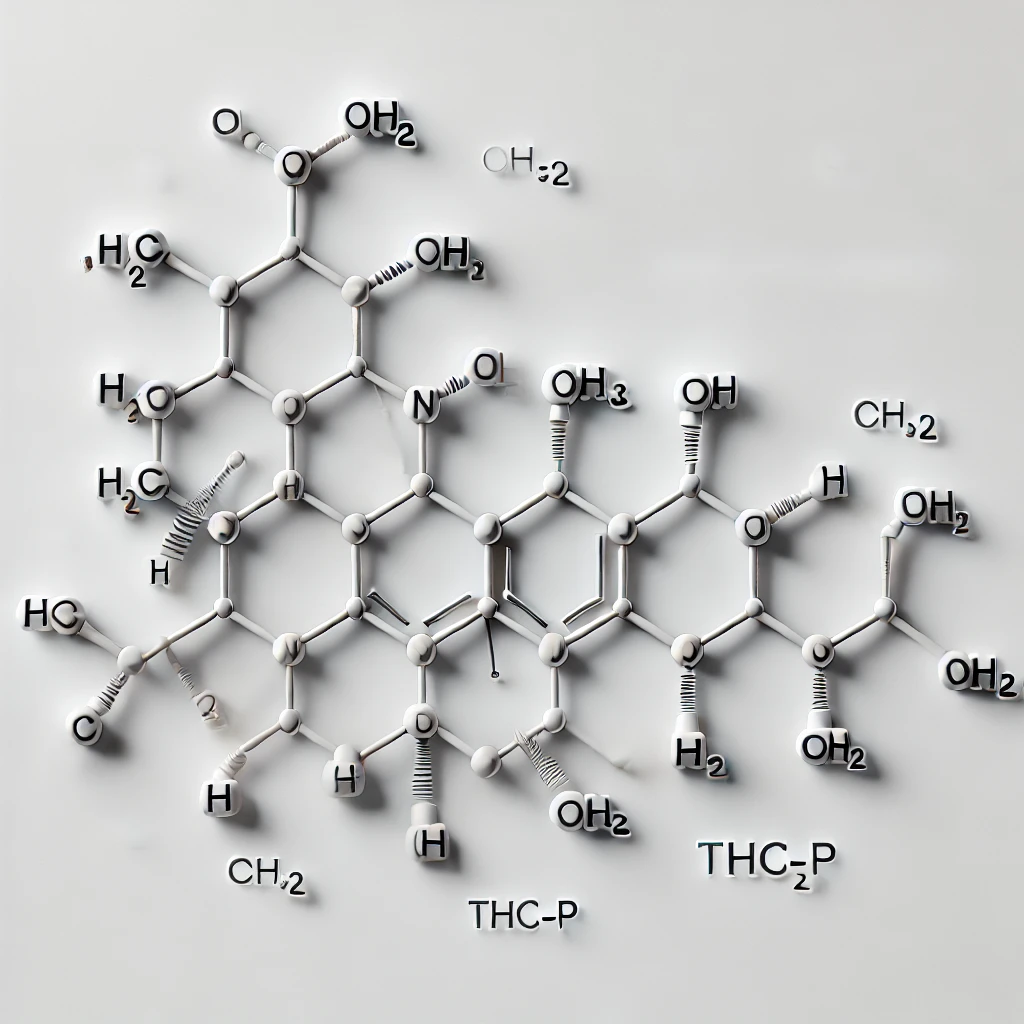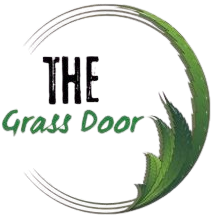THC-p may be another term for the vast majority. However, it’s turning into a trendy expression in the realm of weed. However, what is THC-p, you might inquire?
Representing tetrahydrocannabiphorol, THC-p is a powerful psychoactive cannabinoid found in the pot plant. While it imparts a few likenesses to the more notable THC, THC-p is supposed to be significantly stronger, making it a subject of developing interest for the two scientists of marijuana plants and weed lovers.
Understanding THC-p is significant because it could have critical ramifications for both therapeutic and sporting pot use. In this blog, we’ll plunge deeply into what THC-p is, the way it works, its likely advantages, and what separates it from other hemp-determined cannabinoids. Lock in, we have a ton to cover!
Table of Contents
What is THC-p?
THC-p, short for tetrahydrocannabiphorol, is a cannabinoid normally found in the weed plant. It looks like THC, the most popular cannabinoid, yet with a prominent turn: it’s accepted to be fundamentally more powerful.
The disclosure of THC-p is genuinely later, with Italian scientists distinguishing it in 2019. Since its distinguishing proof, researchers and marijuana aficionados alike have been interested in this newfound cannabinoid as well as its intense impacts and advantages. The disclosure opened new roads for investigating weed’s assorted synthetic cosmetics and understanding how different cannabinoids associate with the human body.

When contrasted with other cannabinoids like THC and CBD, THC-p stands apart because of its exceptional substance structure. This slight variety adds to its expanded strength and possibly various impacts. While THC-p shares a few comparable psychoactive and therapeutic properties with THC, its uplifted power could make it a distinct advantage in both the therapeutic and sporting marijuana circles.
Chemical Structure of THC-p
Investigating THC-p’s atomic construction uncovers a few interesting subtleties.
THC-p and THC share a comparable centre construction, yet THC-p flaunts a drawn-out alkyl side chain—frequently alluded to as the “tail.” This could seem like minor science language, yet it’s really no joking matter. The prolonged “tail” in THC-p’s compound design adds to its uplifted power.
While THC’s side chain contains five carbon molecules, THC-p’s tail reaches seven, improving its capacity to bind with the CB1 cannabinoid receptors in mind. This more grounded restriction is accepted to enhance the psychoactive impacts, making THC-p roughly multiple times more dynamic than THC found in existing Marijuana strains.

Understanding these atomic subtleties is critical to valuing why THC-p is acquiring such a lot of consideration and might change the marijuana business.
How THC-p Connects with the Endocannabinoid Framework?
To comprehend how THC-p items work, it’s crucial to first understand the endocannabinoid system (ECS). The ECS is a perplexing cell-flagging system present in all well-evolved creatures, and it plays an urgent part in directing many capabilities and cycles, like mindset, craving, rest, and resistant reaction.
The framework comprises endocannabinoids, receptors (like CB1 and CB2), and proteins that separate endocannabinoids when they have finished their capability. The CB1 receptors are transcendentally situated in the cerebrum and focal sensory system. However, CB2 receptors are more ordinarily found in fringe organs and cells related to the safe framework.
What makes THC-p especially intriguing is its collaboration with these endocannabinoid receptors; because of its drawn-out alkyl side chain, THC-p ties to CB1 receptors significantly more successfully than THC. This more grounded restricting liking implies that even a limited quantity of THC-p can have a significant effect, enhancing the psychoactive impacts when contrasted with a comparable portion of THC. This improved collaboration with the ECS is why THC-p is creating such a lot of interest — it might offer more powerful remedial and sporting impacts with more modest portions.
Psychoactive Properties of THC-p
Plunging into the psychoactive properties of THC-p uncovers exactly how interesting and captivating this cannabinoid genuinely is.
Because of its improved capacity to tie with CB1 receptors in the mind, THC-p is supposed to be multiple times stronger than normal THC. This elevated power implies that even a modest quantity can create huge psychoactive outcomes.
Clients have encountered serious elation, elevated tactile discernment, and a more significant feeling of unwinding. While these impacts can be energizing for sporting clients, it’s likewise critical to move toward THC-p with alert because of its intensified strength.
Episodic proof from weed lovers recommends that THC-p’s belongings are longer-enduring and more extraordinary, making it fitting for new clients to begin with extremely low dosages.
Therapeutic Abilities of THC-p
The health advantages of THCa and THC-p are areas of developing interest and exploration. Fundamental discoveries propose that the increased strength of THC-p could make it a strong choice for tormenting the board, tension help, and calming impacts. THCa, in its crude, non-psychoactive structure, is likewise being read up for its expected restorative advantages.
Contrasted with other cannabinoids like CBD and normal THC, THC-p’s more grounded cooperation with the endocannabinoid framework could offer more quick and recognizable restorative advantages. THCa, when decarboxylated into THC, may likewise add to these advantages, giving a more extensive range of clinical applications.

Early investigations are investigating THC-p’s capability to give help to persistent agony, sleep deprivation, and different diseases that oppose standard medicines. THCa is being researched for its true capacity in different circumstances due to its calming and neuroprotective properties. While more exploration is expected to completely figure out their clinical applications, both THC-p and THCa hold guarantee as powerful, helpful specialists in the developing scene of the restorative pot.
Is THC-p Legal?
The lawful status of THC-p items is very different yet advancing. In many spots, THC-p is unregulated because it’s another disclosure. Dissimilar to THC, which has been the subject of broad regulation and discussion for a long time, THC-p has yet to grab the administrative attention in many purviews.
In any case, the strength of THC-p could soon provoke legislators to investigate. In districts where THC is vigorously directed or unlawful, for example, in many parts of the US, THC-p will almost certainly confront comparative examination.
Then again, nations with more loosened-up weed regulations, similar to Canada and portions of Europe, may be more open to investigating the advantages and guidelines of THC-p.




